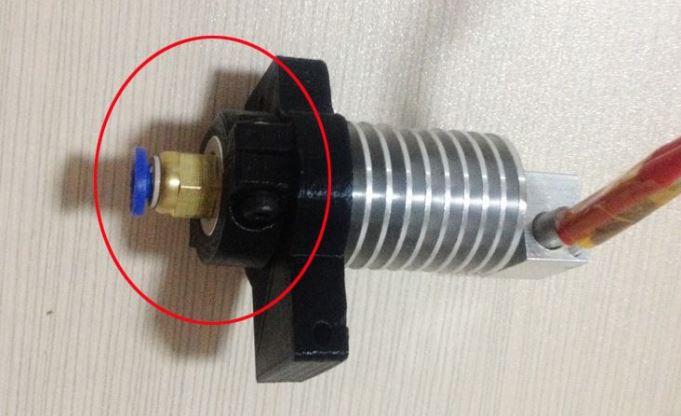I have DWS XFAB printer that can print down to 10 microns but at the moment I am printing at 60 microns in the Z axes which is the limit at which the resin I am using can print at. I hear you can get better 3D prints if you use a slicing programme. Is this generally the case for just DPL printers or does it also apply to SLA printers as well. I was under the impression that the software in SLA printers automatically calculated the layer thickness depending on the resolution of the stl file and the resin being used. Am I to assume that if I was to use a resin that supports 10 micron layer thickness I should use the slicing programme and set the layers to 10 microns. My machine supports SLC and MKR files but at the moment I have not used them on the machine. What would happen if you chose a layer thickness that was below the minimum layer thickness of the resin ? Any input into this topic would be appreciated.

1 Like
In XFAB it’s not possible to change any print parameters, and strategies are created so you could achieve best time/quality ratio.
It’s theoretically possible to change layer size using slc file format.
You can create support structures for your model in Netfabb (be sure to secure all minimum points), then export it as a SLC. Nauta will not let you create support for SLC files.
Do not use layers lower than about 70-80% of what manufacturers uses (the are 60um for 289,779 and 90um for 294, all other 100um) because you have to manipulate other parameters to have successful prints and with Fictor for XFAB you can’t.
Also please remember that regarding quality resin is much more important than layer height. You’ll get best details and surface quality in Precisa 779.
If you demand highest possible quality in SLA, please consider buying DWS J series machine.
I have an XFAB printer and DWS have said that you can print down to 10um on it but how do you do this if DWS do not make any resins for printing at 10um. I have had good results with Precisa yup, what would happen if I loaded a slc file into Nuata that is 10um layer thickness and chose Precisa as the material to print with. I have had success using resins from other manufacturers while choosing Precisa 779.